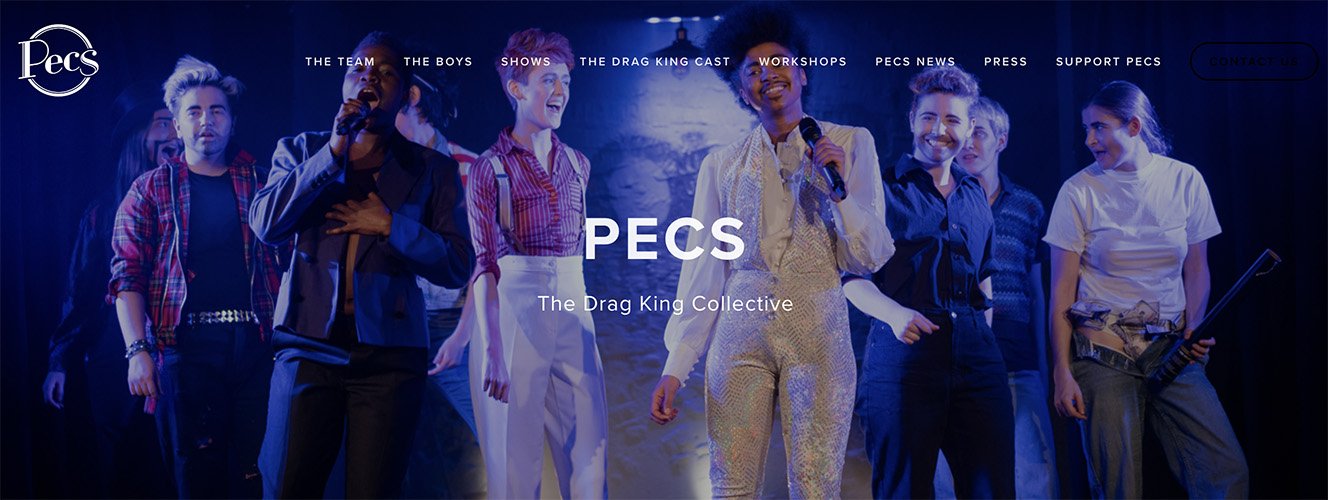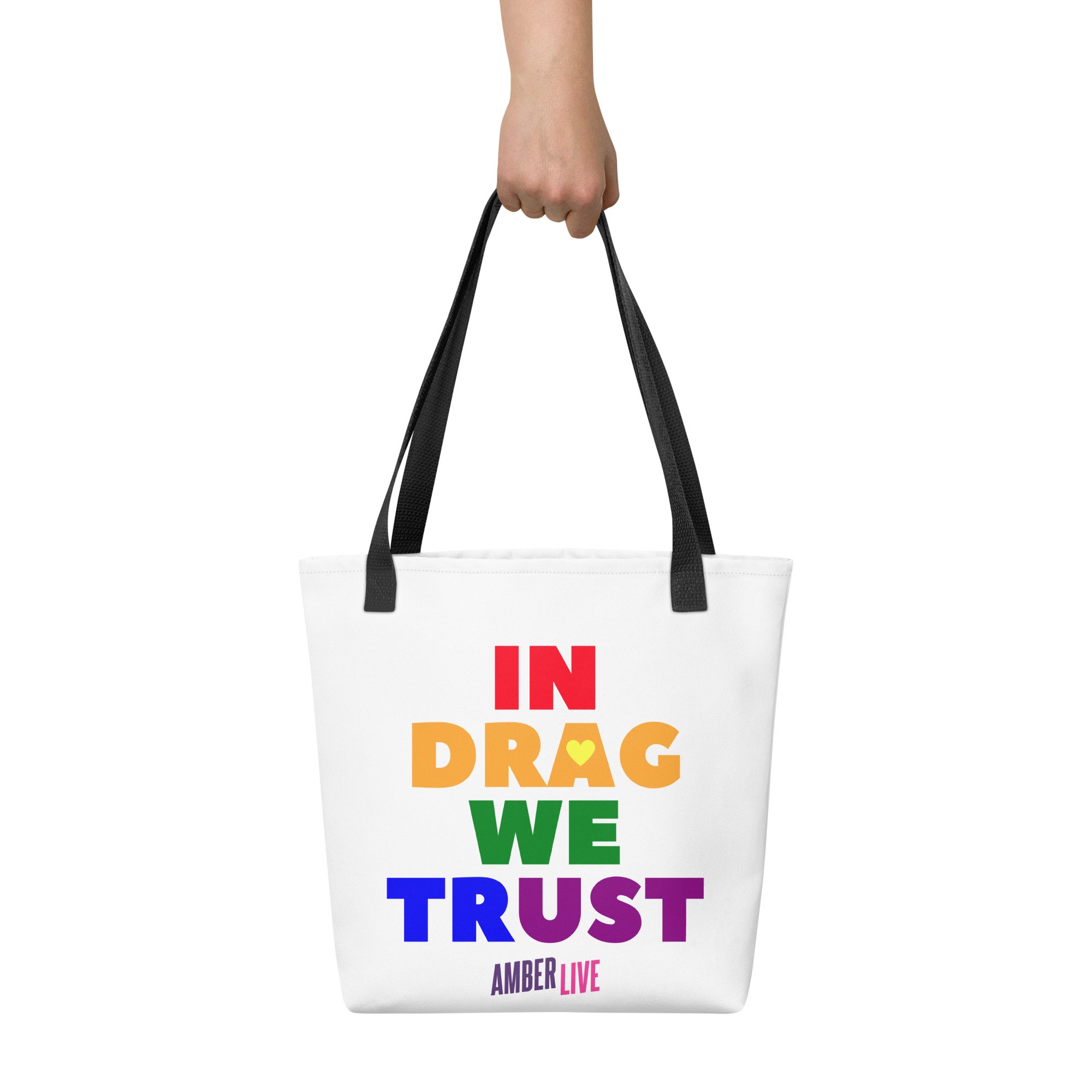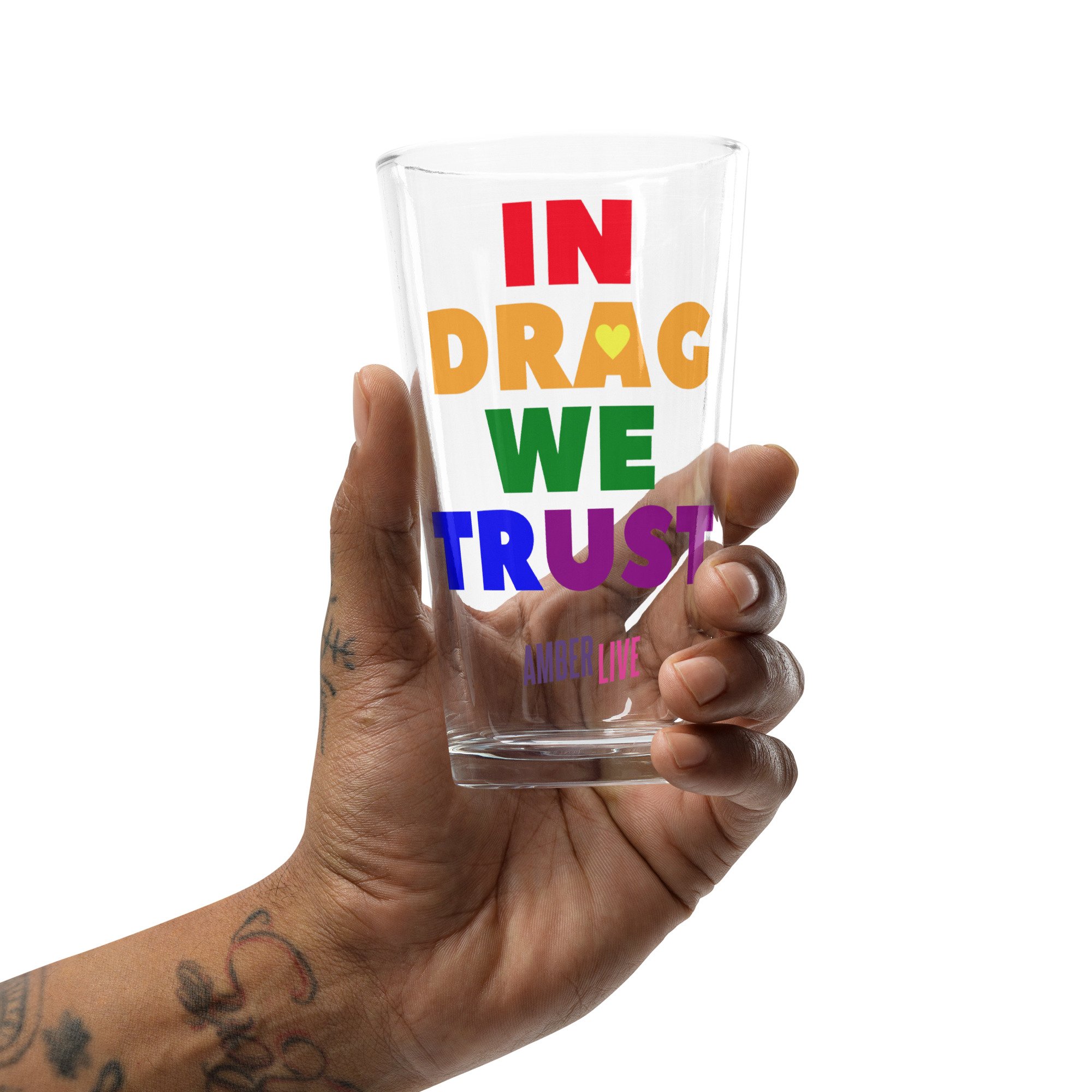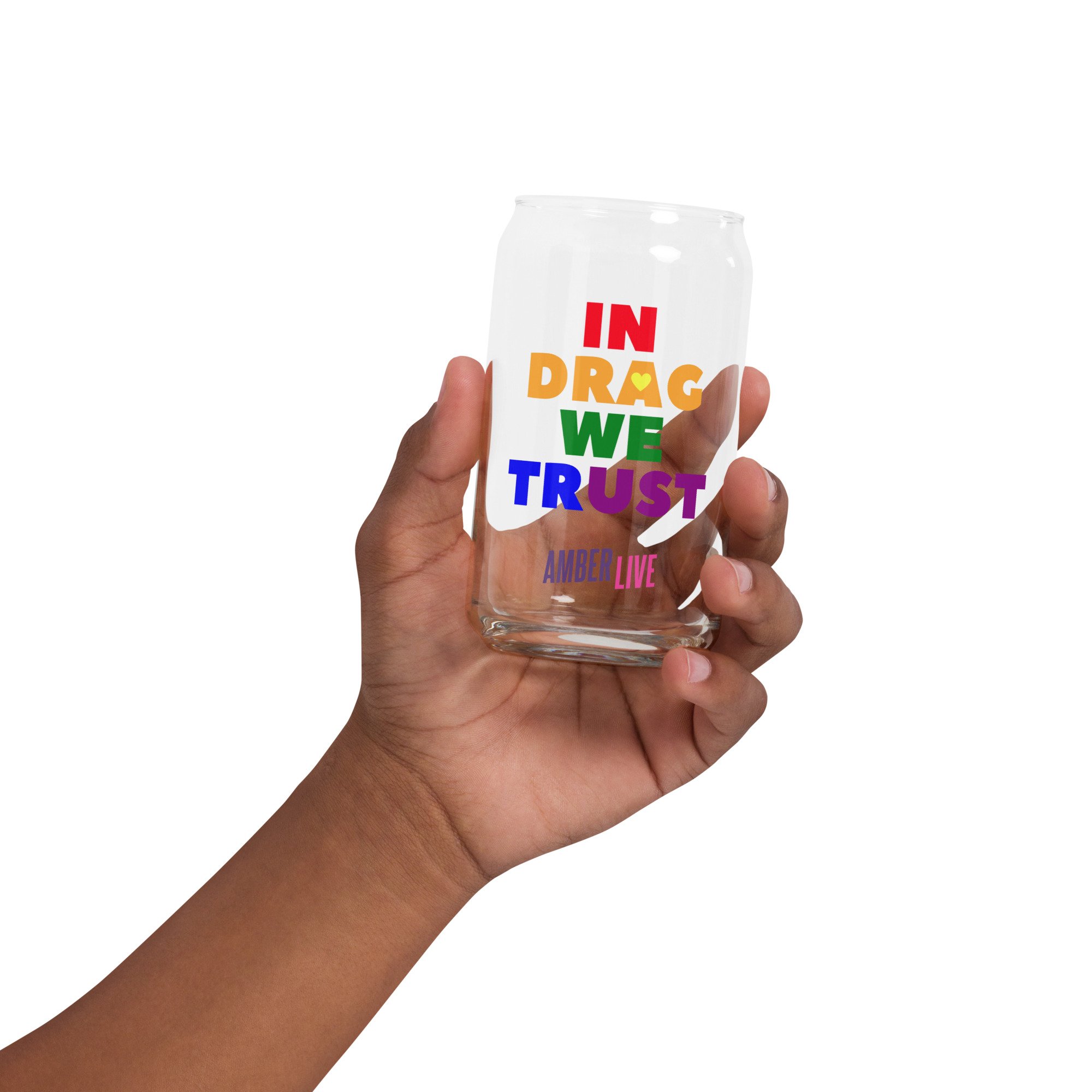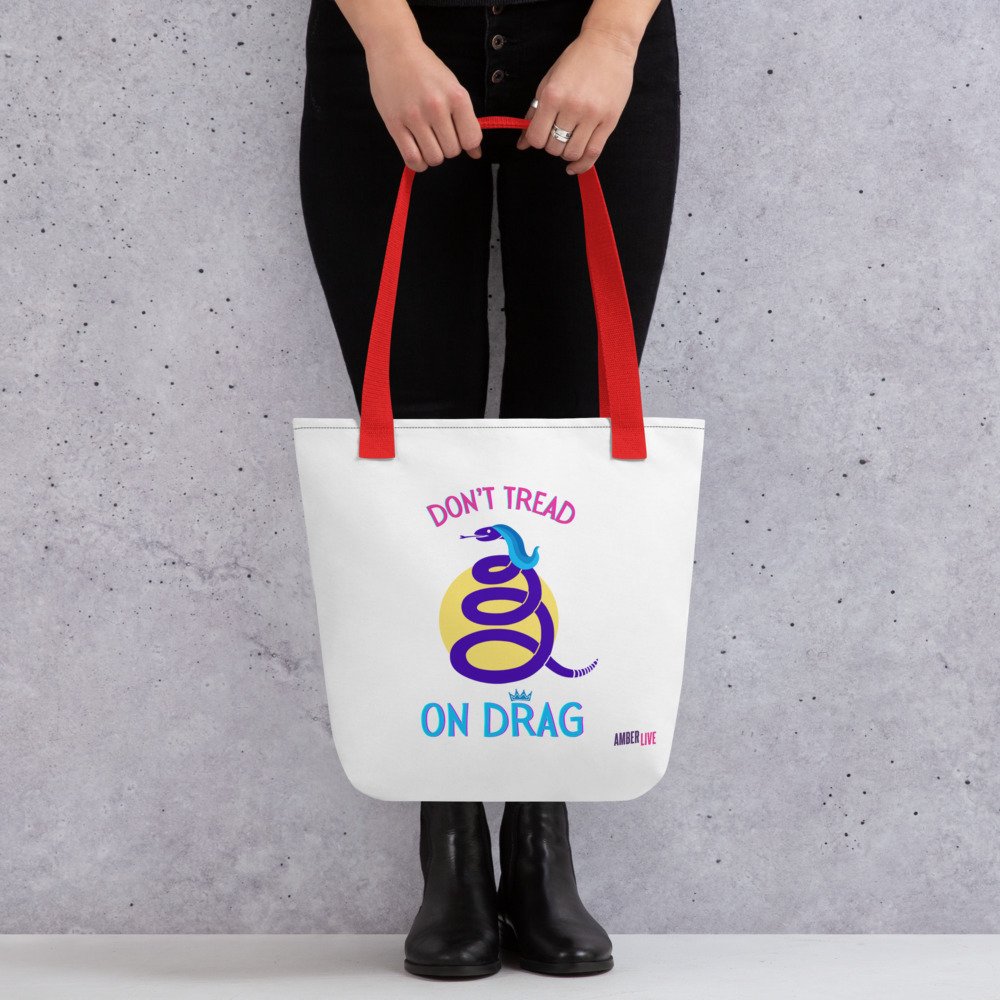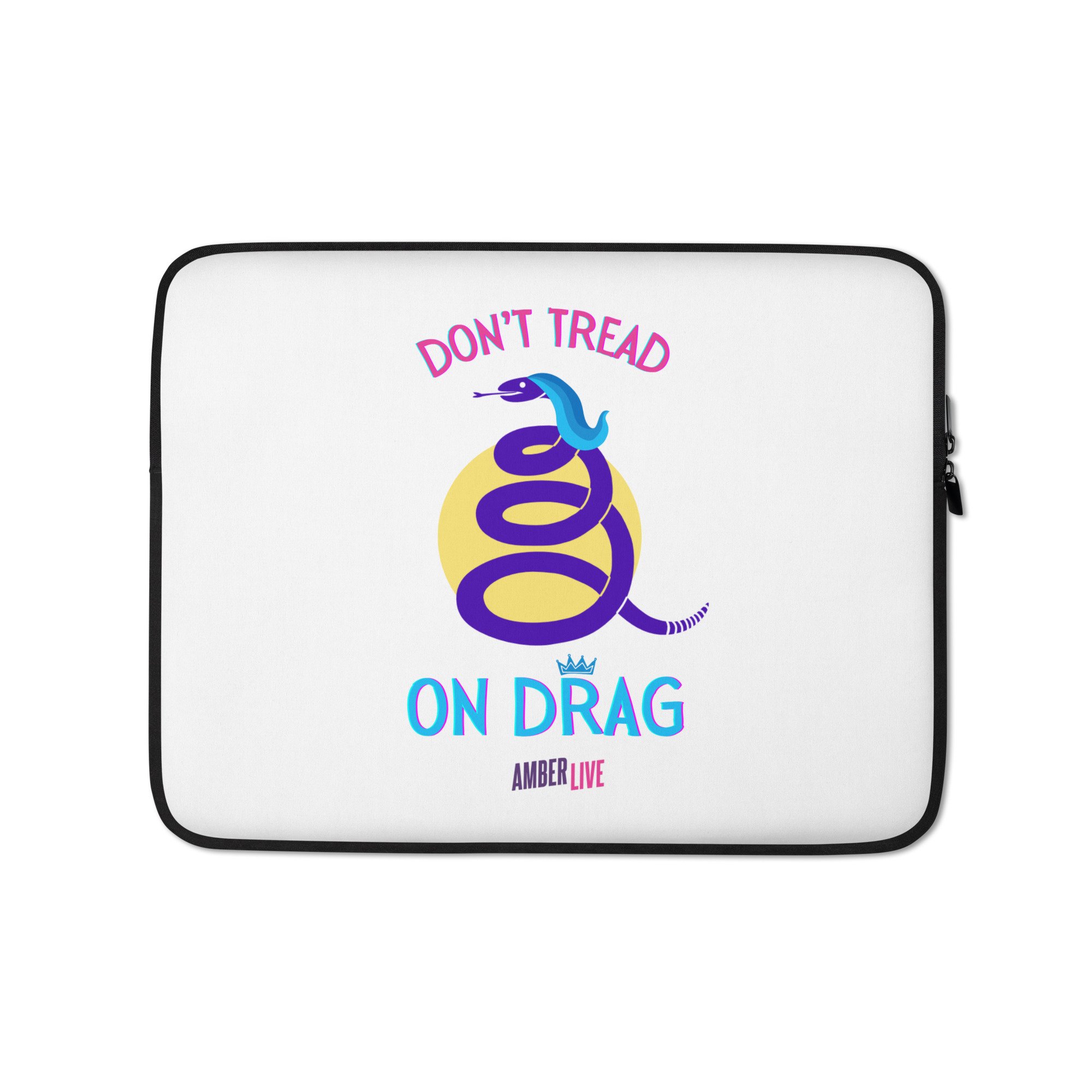Drag King: An Exploration of the Art Form
Murray Hill, host of Drag Me To Dinner
Table of Contents
Introduction to Drag Kings
Historical Evolution
Early Influences and Performances
Contemporary Drag King Culture
Drag Kings in Different Cultural Contexts
Noteworthy Figures and Milestones
Challenges and Marginalization
Drag King Community and Identity
Diverse Styles and Terminology
Gender Illusion
Introduction
Drag Kings are historically associated with female performance artists embodying masculine personas, have evolved significantly in recent years. While rooted in the tradition of impersonating male figures, modern drag king performances have expanded to encompass a diverse range of gender expressions. Drag King shows, a staple of this art form, feature elements such as dancing, acting, stand-up comedy, and singing, highlighting the versatility of drag king performances. The portrayal of exaggeratedly macho male characters, along with the incorporation of personas that challenge traditional gender binaries, is now common in contemporary drag king shows. If you want to become a drag king or drag queen, here are some great tips!
Historical Evolution
The term "drag king" was first cited in print in 1972, but the history of female performers dressing in male attire dates back centuries. In China, during the Tang dynasty, women portrayed men in stage performances, a practice revived in the late 19th and 20th centuries. In Western theater and opera, the tradition of breeches roles and en travesti included actresses like Susanna Centlivre in the 1700s. Notable male impersonators in the late 1800s and early 1900s, such as Vesta Tilley and Hetty King in British music halls, contributed to the popularity of drag king performances.
Vesta Tilley
Early Influences and Performances
The late 1800s and early 1900s witnessed drag kings rising to fame in British music halls and American vaudeville circuits. Vesta Tilley gained acclaim in the 1890s by starring in variety shows dressed in refined men's evening attire while singing witty songs tailored to her aristocratic male characters. On the other side of the Atlantic, Annie Hindle drew crowds to American theaters as the nation’s first popular male impersonator act during that same era.
These early pioneers blazed a trail for the drag kings that followed. In 1920s Harlem, Gladys Bentley made a name for herself wearing a signature tuxedo while belting out raunchy lyrics at famed clubs like The Clam House. Her gravelling baritone vocals and openly lesbian persona transfixed nightlife crowds. A decade later in 1930s Paris, Les Travesties brought drag kings to French cabaret stages, foregoing female illusionists for “gentleman performers” in white tie and tails.
Back stateside, Stormé DeLarverie entertained touring troops as the spirited emcee of the Jewel Box Revue, America’s first racially integrated drag review counting 25 drag artists among its glamorous ranks during the 1950s and 60s. DeLarverie’s dashing persona in princely white suits captured the imagination of audiences nationwide. Her starring role in the historic Stonewall riots in June of 1969 poignantly underscores how integral drag kings have been to pivotal LGBTQ+ activist movements.
According to several eyewitness accounts, DeLarverie threw one of the first punches outside the Stonewall Inn to protest police harassment and kickstart the days-long clashes. Her gutsy defiance lit a spark helping ignite the gay liberation movement gathering momentum nationally by the 1970s. In later decades, DeLarverie leveraged her stature as an icon to advocate for LGBTQ+ rights and co-found the Stonewall Veterans’ Association.
This rich legacy of pioneering drag kings risking arrest, attack, and alienation to expand acceptance laid essential cultural groundwork. By boldly living their truths under hostile conditions, they expanded space for the performers continuing their tradition today. Though drag kings endured erasure from mainstream visibility and academic representation until recent decades, these early influences highlight a formidable history awaiting its full due. Their forward-looking vision continues inspiring modern artists and fueling today’s drag king revolution.
The header for the PECS drag king collective website.
Contemporary Drag King Culture
Drag kings found fertile creative ground when their culture initially flourished in lesbian bars across Australia during the 1990s. But a decline set in over the ensuing decades as venues shuttered amid waning interest. Despite this retreat from public view, some see a renaissance on the horizon.
In 2019, Sleek Magazine heralded “the revolutionary return” of drag kings that could reverse this contemporary decline. Marginalization may have squelched their visibility until recently. But modern artists are drawing renewed attention by sharpening political commentary while expanding representations of masculinity and shedding light on the singular challenges facing female-to-male impersonators.
Several collectives and documentaries have captured this cultural revival: The London-based Pecs drag king group, founded in 2013, employs daring stunts and nuanced takes on manhood to upend stereotypical machismo. 2016’s “The Making of a King” documentary trails California performer Landon Cider’s journey to claiming top prize on reality show “Manliest Man.” The film underscores obstacles female and non-binary drag artists face before culminating with Cider’s triumphant win.
That same year, director James Knudsen revisited controversy-stirring Stonewall veteran Stormé DeLarverie’s trailblazing life in “STORME: The Lady of the Jewel Box.” The short documentary argues that her overlooked legacy as a pioneering black butch drag fixture deserves credit for empowering marginalized voices since the LGBTQ+ movement’s earliest days.
As these recent projects demonstrate, drag kings remain ready for their long-overdue closeup. Despite setbacks in recent decades, their current output articulates empowering visions of identity with artistic excellence. Hidden histories are being resurrected to rightfully honor foundational influences. Combined, these factors suggest their 21st century renaissance may have staying power to perpetuate their culture for generations ahead.
Drag Kings in Different Cultural Contexts
The drag king phenomenon is not confined to a specific region, as evidenced by its emergence in different cultural contexts. In June 2022, Drag Race France marked a significant milestone by including drag kings in its lineup, signaling a broader acceptance of gender diversity within the Drag Race franchise. The global spread of drag king culture demonstrates its ability to transcend cultural boundaries and contribute to the broader LGBTQ+ movement.
Noteworthy Figures and Milestones
Several drag kings have made significant contributions to the art form. Drag king legend Mo B. Dick is cited by many as one of the founding forces behind the modern drag king movement. Murry Hill was part of the famous drag king party, Club Casanova that was created by Mo B. Dick. Murry has recently broken through into more mainstream gigs on TV including hosting Neil Patrick Harris’ Drag Me to Dinner. New Zealand artist and comedian Hugo Grrrl won the inaugural season of House of Drag in 2018, marking the first appearance of a drag king on a televised drag competition. In 2019, Landon Cider became the first drag king and cisgender woman to win The Boulet Brothers' Dragula. These milestones highlight the increasing recognition and acceptance of drag kings in mainstream entertainment.
Landon Cider
Challenges and Marginalization
Despite recent strides, drag kings have historically faced more marginalization in pop culture and academic LGBTQIA+ studies compared to the more visible fame of drag queens. But this long-running marginalization has begun to incrementally shift in recent years. Drag kings have started moving from the periphery to playing a more prominent role within the larger LGBTQIA+ community. The sleekly stylish Sleek Magazine explored this changing landscape in a 2019 article aptly titled, "What's behind the drag king revolution?"
The authors trace the modern origins of drag kings back to the 1990s and the influential club scene in San Francisco. Here, the first Kings N Things drag king group coalesced and began staging shows that upended the standard drag dynamic dominated by queens. But while RuPaul was sashaying straight into pop culture celebrity, these upstart kings were relegated to niche subculture status over the ensuing decades.
Sleek identifies the primary drivers fueling this continued sidelining of drag king culture. Drag kings have struggled to secure bookings compared to the more bankable glamour of queens. With fewer platforms to showcase their talents, wider audiences remain less exposed to their singular scene. Funding and sponsorships have also proved more elusive without the breakout name recognition that could attract more resources.
Compounding matters, academic theory and gender studies focusing on drag culture have largely failed to view this landscape through an intersectional lens inclusive of kings. The result is less cultural traction and acknowledgement for the boundary-breaking work they’ve spearheaded. As Sleek notes, “In an academic climate where gender theory and drag constantly engage in a two-way discourse, the overlooking of drag kings seems like a puzzling inequality.”
But the magazine traces this inequality to misguided notions that drag done by cis women lacks the same inherently radical edge as the cross-dressing aesthetics of gay men. This builds upon other reductive assumptions marginalizing trans people and women within portions of LBGTQIA+ circles and studies.
However, Sleek cites the ascendance of high-profile non-binary performers as contributing to steadily turning this institutional tide. With more fluid conceptualizations of gender seeping into the mainstream, binaries once used to exclude are rapidly dissolving. The drag king revolution can finally bask in some hard-won sunlight.
Drag King Community and Identity
The drag king community encompasses a diverse array of performers, including the British collective 'Pecs,' founded in 2013, which consists entirely of women and non-binary individuals. Some drag kings prefer not to be exclusively labeled as such, echoing sentiments shared by drag queens like Justin Bond and Lypsinka. The evolving identity of drag kings is reflected in the adoption of alternative terms, such as "gender blurring" and "unicorn drag," highlighting the fluidity and creativity within the community.
Diverse Styles and Terminology
In recent years, drag kings have diversified their performance styles, leading to the adoption of alternative terminology. Performers like Rose Butch from Vancouver have embraced the label "drag thing," showcasing a departure from traditional forms of "kinging." Flare, a long-time performer in Toronto, coined the term "unicorn drag" to describe the unique drag king styles that emerged in the mid-2010s. These alternative terms reflect the evolving nature of drag king performances and the creative freedom embraced by artists in expressing their gender identities.
Rose Butch
Gender Illusion
Drag kings employ various tools to create convincing gender illusions during performances. Techniques include modifying facial features using burnt wine corks to simulate beards or stubble. Items like socks and silicone prosthetics are used for packing, creating the illusion of male anatomy. Stage presence and performance play a crucial role in gender illusion, with some drag kings incorporating aggressive choreography and elaborate costumes. Breast binding, achieved through binders, kinesiology tape, and sports bras, is a common practice to create a flat chest and complete the overall masculine appearance.
The world of drag kings has undergone a remarkable transformation, from its historical roots to its current diverse and dynamic landscape. Drag kings, once confined to the margins, are now gaining recognition and acceptance on a global scale. As the drag king community continues to evolve, its impact on mainstream culture, entertainment, and gender perceptions is becoming increasingly profound.
—This article was written, restructured, or adapted by Russell with information gathered from sources around the internet. Russell is the producer of Amber Live and is greatly overworked to pull it all together. If it’s on the internet, it must be true. (We’re kidding.) BUT, if you find any errors or omissions in the article, please let us know so that we may correct the issue. Thanks for your support!



